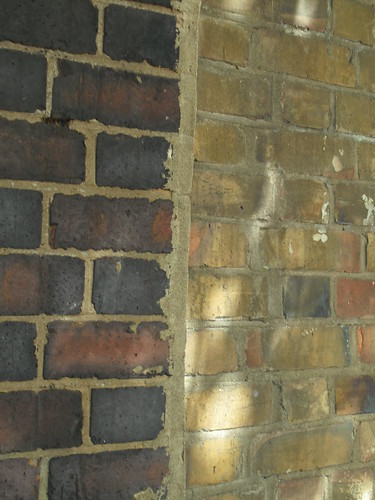What is the Mildmay London Overground line named after?
Mildmay #Mildmay

THE London Overground has been rebranded for the first time since it was created in 2007.
The rail network – which services most London boroughs – features six lines, each of which have now been given their own name and corresponding colour.

1
London Overground services have been split into six separate lines with individual names and colours in a bid to make navigating the network easierCredit: Jonathan Brady/PA Wire What is the Mildmay line named after?
The Mildmay line is one of the six lines on the London Overground.
It has been named after a small hospital in Shoreditch that played a crucial role in the HIV and AIDS crisis of the 1980s.
There are so many fascinating, and often forgotten, stories from our city that should be told and remembered.
Mayor of London Sadiq Khan
The origins of the hospital can be traced back to Reverend William Pennefather and his wife Catherine in 1860.
The Mildmay was originally an informal help centre, run by the couple and based in St Jude and St Paul’s church in Islington.
The Mildmay Hospital then opened in 1892.
90 years later, the hospital closed due to lack of funding but it re-opened in 1988 as Europe’s first hospital for people with HIV- and AIDS-related illnesses.
Princess Diana, who was well known for fighting against the stigma attached to people living with HIV and AIDS, visited the hospital seventeen times.
According to TfL, Mildmay is “still an internationally renowned centre for the rehabilitation of and care for patients with complex HIV”.
The name is a tribute to “the role of the NHS and its smaller healthcare centres in caring for all Londoners”.
The Mildmay line has been given the colour blue and will be marked with blue parallel lines on travel maps.
Historically, all branches of the Overground have been represented on maps with orange lines.
Where is the Mildmay line?
The Mildmay line travels between Stratford and Richmond/Clapham Junction.
Stops include Hackney Central, Highbury and Islington, Hampstead Heath, Shepherd’s Bush and Kew Gardens.
Despite being named after a hospital in Shoreditch, the Mildmay line does not actually stop there.
Customers wishing to travel to or from Shoreditch High Street station can use the newly-named Windrush line.
Why were the London Overground lines renamed?
According to the TfL website, the London Overground lines have been renamed to make the network easier to navigate for users.
The rebrand is also being put in place to reflect London’s “rich and diverse history”.
The new line names were announced in February 2024 and are expected to be made official by the end of the year.
The other new line names are the Lioness line, the Windrush line, the Weaver line, the Suffragette line and the Liberty line.
TfL said that the new names were chosen after “a period of engagement” with staff, customers and communities, as well as local historians, academics and transport specialists.
The changes will not impact any services and London Overground users will still be able to make the same journeys they did before the lines were renamed.
Mayor of London Sadiq Khan unveiled the new London Overground network map during a visit to Highbury and Islington underground station, north London, on February 15 2024.
He said of the rebranding: “There are so many fascinating, and often forgotten, stories from our city that should be told and remembered.
“Naming the lines will not only help educate visitors about our amazing city and its incredible history but will also make it easier for people who live, work or visit London to navigate the city.”
What is the Weaver line named after?
The Weaver line is the new name given to the London Overground line that is currently known as Liverpool Street to Enfield Town, Cheshunt and Chingford.
It has been named the Weaver line because the route travels through areas of London that are famous for the part they have played in the city’s textile trade.
At different points in history the industry has been shaped by various migrant communities, including 17th century French Huguenots, Irish weavers from the 19th century and Bangladeshi immigrants from the 1960s.
Stops on the line include Spitalfields, Bethnal Green, Walthamstow and Hackney.
Famous textile landmarks in the areas include Petticoat Lane and Brick Lane.
On the map, the Weaver line will be marked with maroon parallel lines.